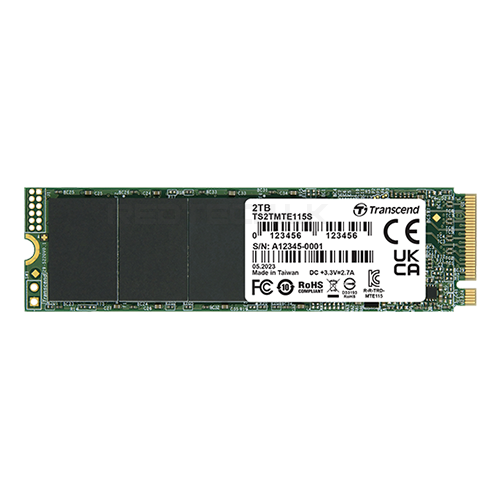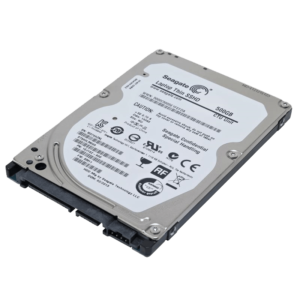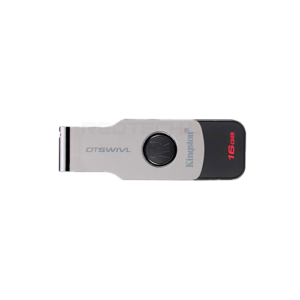FEATURES
| Dimensions | Single-sided 80 mm x 22 mm x 2.23 mm (3.15″ x 0.87″ x 0.09″) |
|---|---|
| Weight | 8 g (0.28 oz) |
| Type |
|
Interface |
|
| Bus Interface |
|
Storage |
|
| Flash Type |
|
| Capacity |
|
Operating Environment |
|
| Operating Temperature | 0°C (32°F) ~ 70°C (158°F) |
| Operating Voltage |
|
Performance |
|
| Sequential Read/Write (CrystalDiskMark) |
|
| 4K Random Read/Write (IOmeter) |
|
| Terabytes Written (TBW) |
|
| Mean Time Between Failures (MTBF) | 2,000,000 hour(s) |
| Drive Writes Per Day (DWPD) | 0.2 (5 yrs) |
| Note |
|




























